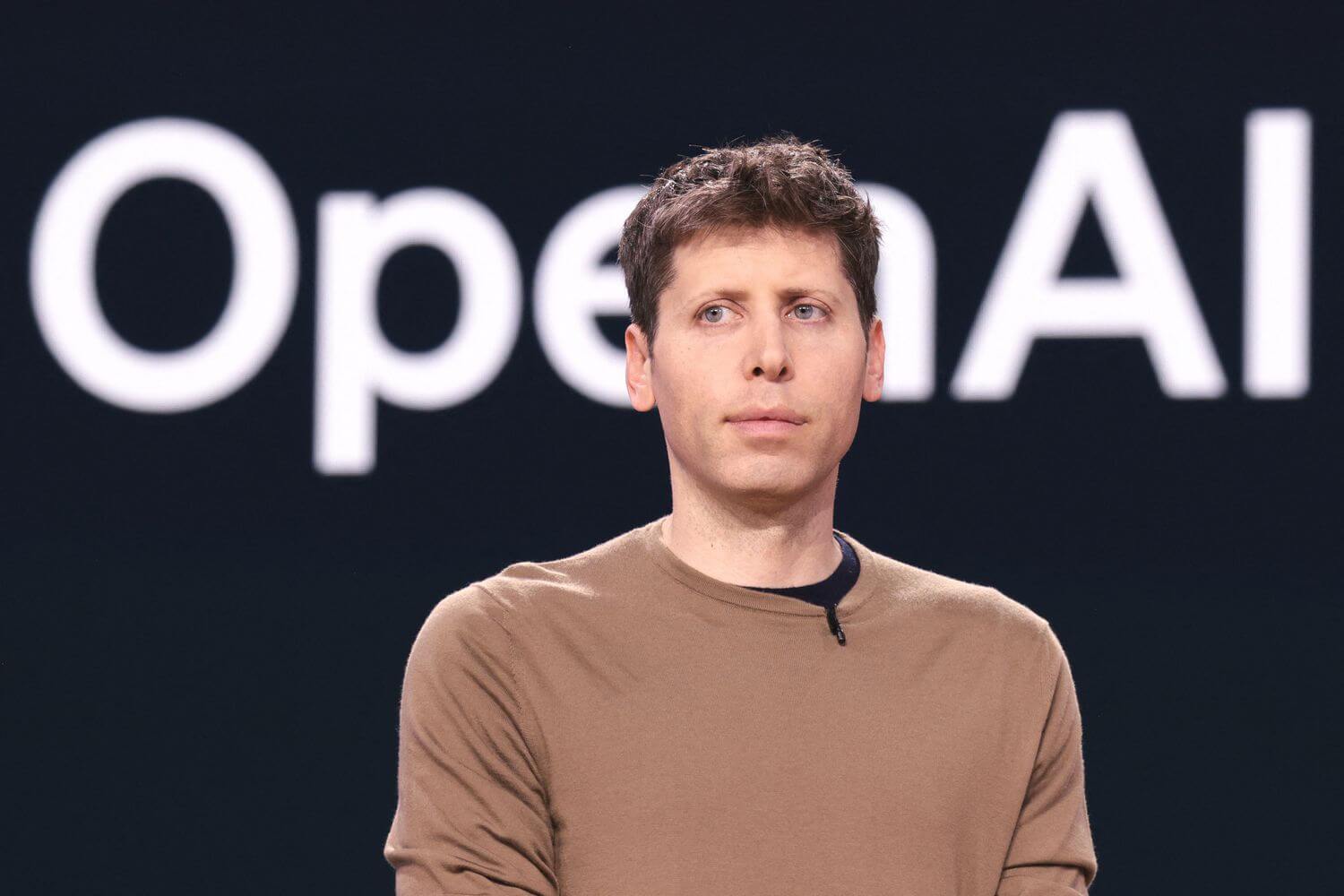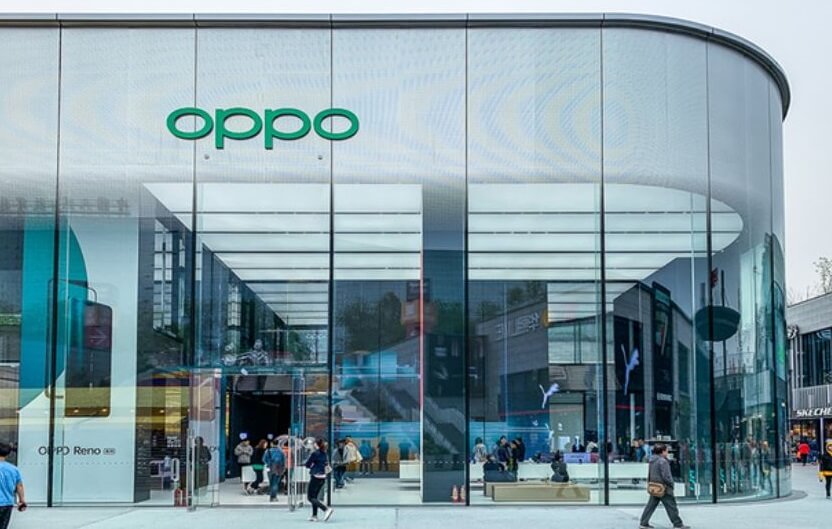Microsoft is implementing a significant workforce reduction of approximately 9,000 employees, marking its largest layoff in over two years. This move, which constitutes roughly 4% of its total workforce, follows a previous cut of 6,000 jobs in May of this year. The layoffs are impacting various divisions within the company, including Xbox gaming, sales, and legal, as well as teams working on mobile game titles like Candy Crush.
The reasons behind these cuts are multifaceted. Microsoft has stated that these reductions are part of a broader strategy to reorganize the company and invest heavily in AI infrastructure. The company is committing around $80 billion in capital expenditure for fiscal year 2025, primarily focused on AI development. This shift towards AI and automation is a key driver, as companies are reallocating resources to fund these initiatives, leading to cuts in roles that don't align with their future direction.
In addition to AI investments, Microsoft is also restructuring its sales teams and outsourcing more work to smaller partners. CFO Amy Hood mentioned the company is focused on "building high-performing teams and increasing our agility by reducing layers with fewer managers". This suggests a move towards a flatter organizational structure with fewer management layers.
The layoffs reflect a broader trend in the technology industry. Companies like Meta, Google, Amazon, Intel and Infosys are also reducing their workforces, citing reasons such as slowing growth, rising operational costs, and the need to shift resources toward AI and automation. These job cuts are affecting employees at all levels, from recent graduates to senior engineers, across different countries and departments. The tech industry has already seen over 100,000 job cuts in 2025.
Microsoft's gaming division is among those affected by the layoffs. Phil Spencer, Microsoft gaming chief, acknowledged the difficult timing of the layoffs and stated that the company will end or decrease work in certain areas to position gaming for enduring success and to focus on strategic growth areas.
These workforce reductions also coincide with the close of Microsoft's fiscal year, a time when the company traditionally makes cuts and restructures operations. However, the size and frequency of these cutbacks are unusual.
While Microsoft hasn't explicitly linked the layoffs to AI efficiencies, CEO Satya Nadella has noted that a significant portion of Microsoft's code is now AI-generated. This suggests that AI is playing a role in automating tasks and streamlining operations. The company is aiming to help workers use new technologies to focus on more meaningful and important tasks.
The drive for greater efficiency and streamlining is also evident in Microsoft's focus on tools like Power Automate and Microsoft 365. Power Automate, a low-code cloud automation service, helps organizations create automated workflows across various apps and services, streamlining tasks and boosting overall productivity. Microsoft 365 offers a suite of integrated applications that can handle various business needs, potentially replacing separate communication and collaboration tools. By fully leveraging these tools, businesses can reduce the need for multiple, overlapping tools, thereby streamlining operations and trimming down expenses.















